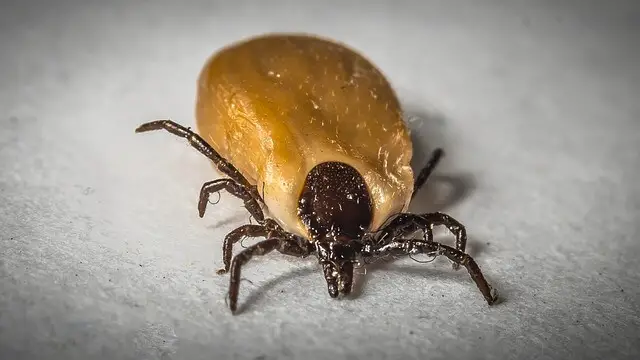Most Common External Parasites in Cats
23.02.2022.
There is a constant threat cats are under - topical parasites. Topical parasites, or ectoparasites, can cause all sorts of skin issues to our feline friends. Other than diseases and other parasites, topical parasites are incredibly uncomfortable. They can cause inflammation and extreme itchiness to our cats, which will make them look for relief in all sorts of ways.
Parasite control is one of the most important and constant jobs cat owners have. The first step to doing that job successfully is learning about different topical parasites that can infect our cats. Here is a list of the most common external parasites in cats.
1. Fleas
The first parasite on this list is the nasty flea. Fleas are the most common skin parasite in cats, and they are most common in outdoor cats that get in contact with other animals, especially dead animals. These parasites contain a special protein in their saliva that will cause itching, and cats will go crazy over them. They can cause FAD, or flea allergy dermatitis, which will make the cat’s skin red, inflamed, and itchy.

Cats with immune system issues, kittens, and senior cats are at greater risk of suffering dire consequences. Heavy flea infestations can lead to severe cases of anemia and even death. Plus, fleas can carry tapeworm larvae, which means they can infect your cat with internal parasites.
2. Ticks
Ticks are a common nuisance in the US. The good news is that cats aren’t prone to tick-borne diseases like dogs are. Nevertheless, ticks can cause some health issues in cats. Several types of ticks can latch on to our cats. The most common ones in the US are lone star tick, brown dog tick, American dog tick, and deer tick. They will attach themselves to the cat and feed on its blood. Indoor cats are relatively safe from ticks, but they are not completely without risk.

Ticks can get inside your home via other pets or even your clothes. They can’t fly or run, but they place themselves in tall grass or bushes where a potential host, like a dog or a deer, might pick them up. Some of the diseases ticks can carry that are dangerous to cats are bobcat fever (extremely dangerous), Lyme disease, anaplasmosis, and ehrlichiosis.
3. Mites
There are different types, or species, of mites that can infect cats. They are all uncomfortable and can cause health issues. The two main types are sarcoptic mites and ear mites.
Sarcoptic mites
Sarcoptic mites are responsible for sarcoptic mange in cats. They can cause skin inflammation, itchiness, scaling, and hair loss. Dealing with these mites will require prescription-strength shampoos and drugs.
Ear mites
As their name suggests, these mites infect the cat’s ears. They are highly contagious, so if you have multiple pets, they should all receive treatment. They are the most common mite species that infect cats. Ear mites will feed on the ear wax and other debris in the ear canal and make the cat’s ear look dirty with red-brownish ear wax.
How to prevent topical parasites from infecting your cat?
Getting to know these topical parasites that can infect your cat is important because you will know what to look for. The sooner you notice them, the sooner you can react and administer treatment. Preventing these parasites from ever reaching your cat is the ultimate goal, and luckily, that goal can be achieved in a couple of ways.
1. Topical Solutions
Topical solutions are a popular flea, tick, and mite prevention method. Products like Revolution or Frontline are pretty effective, affordable, and very easy to administer. These products use different active ingredients that kill and repel parasites from your cat’s fur. Before you decide to use them, make sure you talk to your vet about it.

2. Chewable tablets
Chewable tablets will help cat owners keep fleas and ticks away from their dogs for at least a month. Products like Comfortis are tasty, beef-flavored pills that most cats will gladly eat. It is crucial cat owners are diligent with pill administration. You can’t skip a month because that will make your cat vulnerable to parasite infections. Again, it is best to talk to your vet before you decide to give a pill to your cat.
3. Collars
There are different flea and tick collars for cats available on the market. The most popular product is Seresto. Owners love these easy-to-use collars because you can simply place them on your cat, and the collar will do the rest. These flea collars will keep cats safe for up to 8 months. Once again, check with your vet if this is a viable option for your cat.
World Cat Finder Team







Share